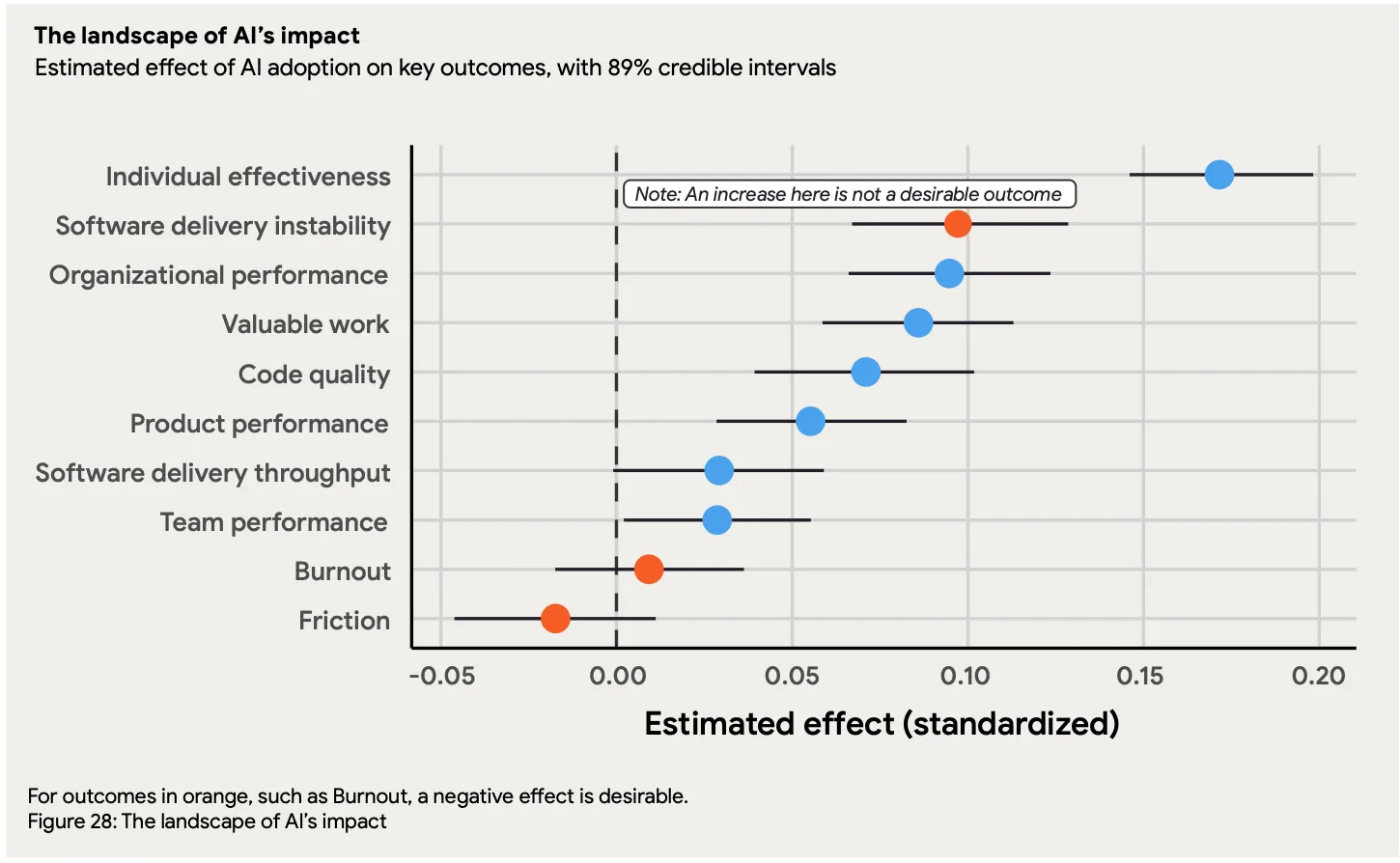The context:
Psychological safety refers to the idea that one can bring up ideas, questions, concerns or mistakes without fear of being reprimanded. Though it was coined in the 1960s, it slowly became more common starting in the 2000s with Edmondson’s research. Most recently, as innovation has increased with the challenges tech companies are solving, so has the importance of having teammates share ideas and be comfortable with taking risks.

In the last 20 years, numerous researchers have studied how psychological safety impacts team outcomes. In the next section, we’ll look at a longitudinal study of R&D teams on psychological safety, and then apply this directly to modern software engineering teams.
The research:
Aravind Chandrasekaran and team studied 110 various R&D projects across different companies across industries - including electronics, aerospace, medical devices, and more. Each project they looked at included survey data from at least one project leader and at least one project team member. For project leaders, the team surveyed them on project performance, team turnover, and project-organization metric alignment. Team members were asked about team autonomy, exploration, exploitation, and psychological safety. The researcher used the different sets of data to construct a model for how these various factors correlate with one another, as well as the performance consequences of psychological safety.


The results on psychological safety included:
- The researchers found a generally positive correlation between team autonomy and psychological safety. The researchers hypothesize that more autonomy in decision making promotes greater initiatives and more open communication, an the idea of “not waiting for approval” signals increased comfort with exchanging ideas with one another.
- However, this result is nuanced. Indeed, in low exploration projects (ie concrete projects that are clearly defined), higher autonomy correlates to higher psychological safety. However, in teams with high exploration (ie huge R&D projects, new product development), higher autonomy correlates to lower psychological safety.
- In teams with high project-organization alignment, increased autonomy correlates with increased psychological safety. Conversely, in teams with low project-organizational alignment, increased autonomy correlates with decreased psychological safety.
- Higher levels of psychological safety can minimize team turnover and increase project performance.
The application:
Psychological safety is extremely important in engineering teams, where there is high collaboration and a need to find innovative solutions to challenging problems. In 2018, Dr. Nicole Forsgren - author of both the DORA and SPACE framework - tied in the relevance of psychological safety to engineering teams in her famous book, Accelerate. It turns out that high-performing teams are highly correlated with organizational cultures that have high psychological safety. Put clearly: the evidence shows that psychological safety improves team performance and business outcomes.
Improving psychological safety does take time, as do all elements of culture building in engineering teams. A great place to start is to understand how your team is feeling by pulsing the team using Dr. Edmondson’s psychological safety scale. Be aware of sampling bias by making everything anonymous: on teams with lower psych safety, you may only get responses from people who feel more comfortable sharing. Most importantly, take action on the results - if you don’t, you risk further decreasing the team’s sentiment. The above safety scale provides some great tools for facilitating higher psych safety on the team depending on where they score lower.
We hope this research gave clarity on the role of psychological safety in engineering teams.
—
To receive weekly editions of research-driven insights, subscribe to our newsletter, Research-Driven Engineering Leadership.


.webp)

